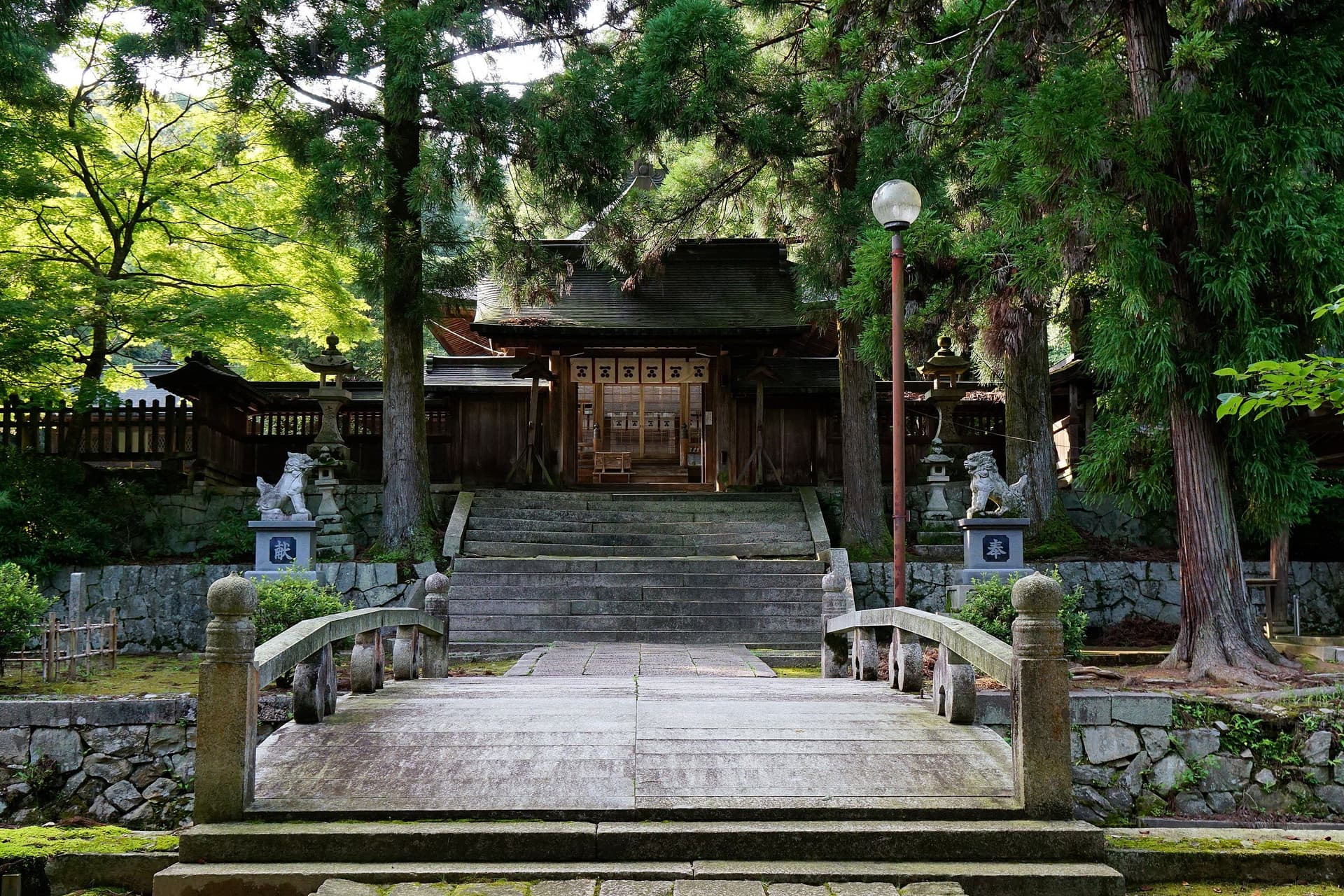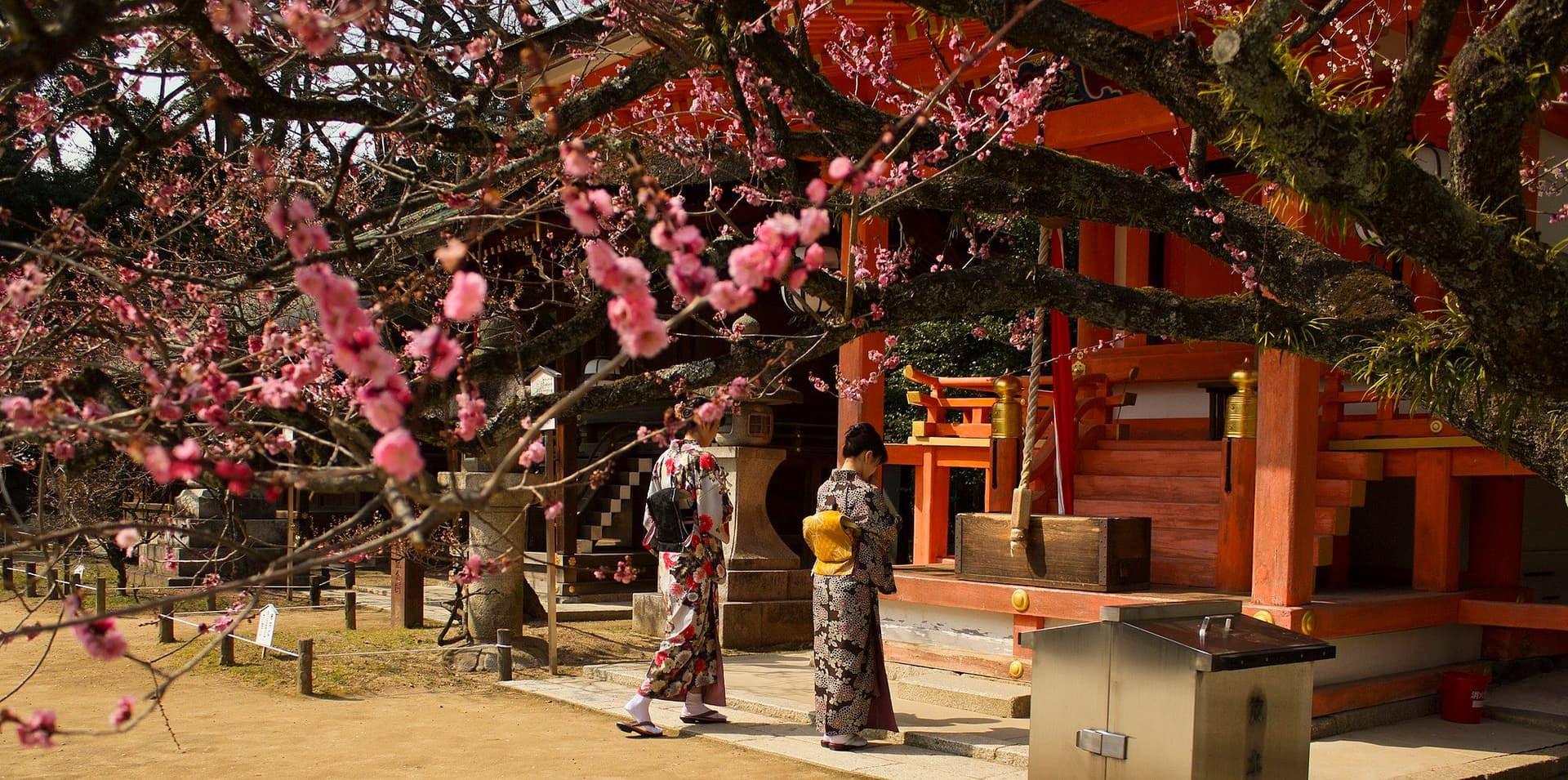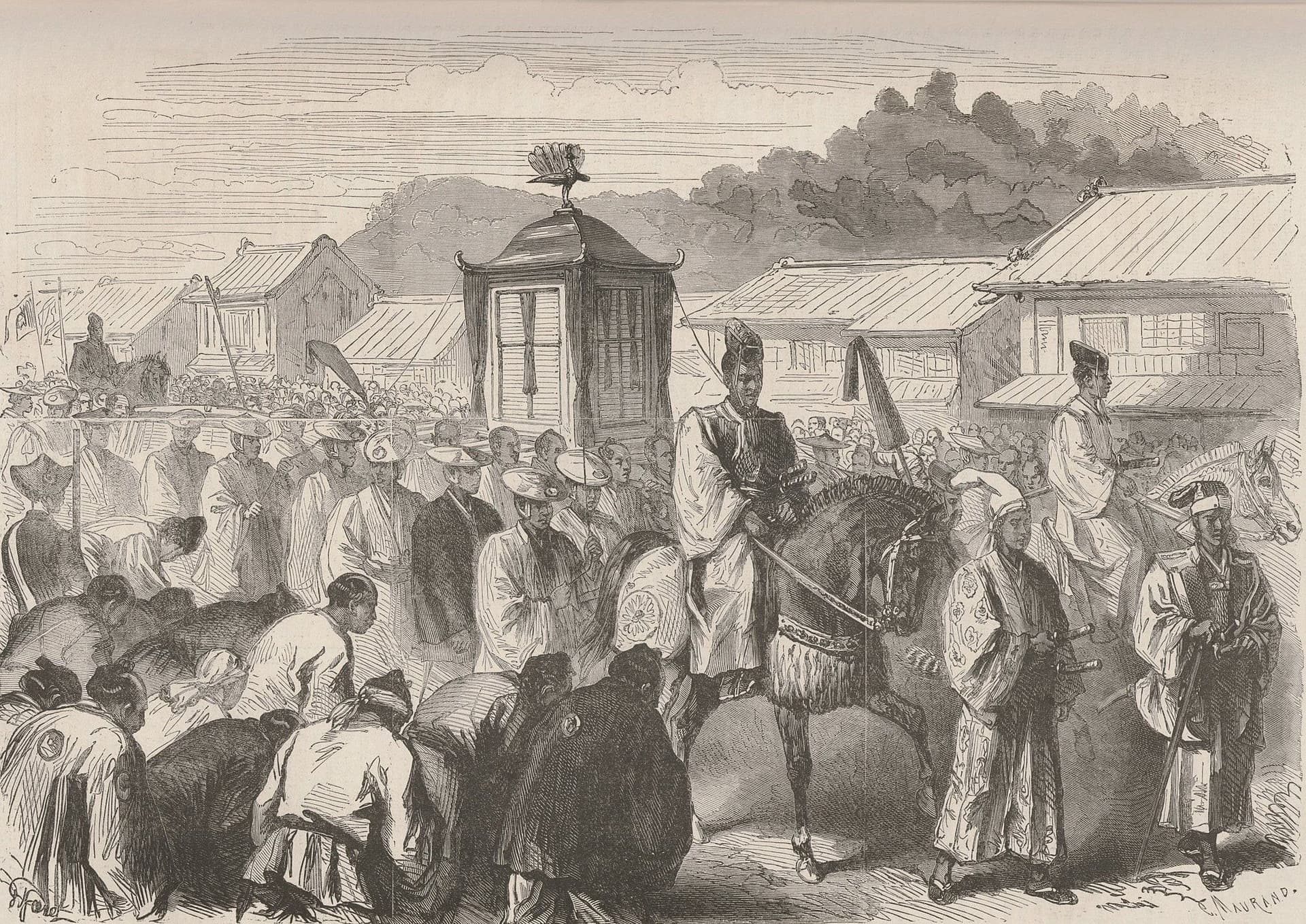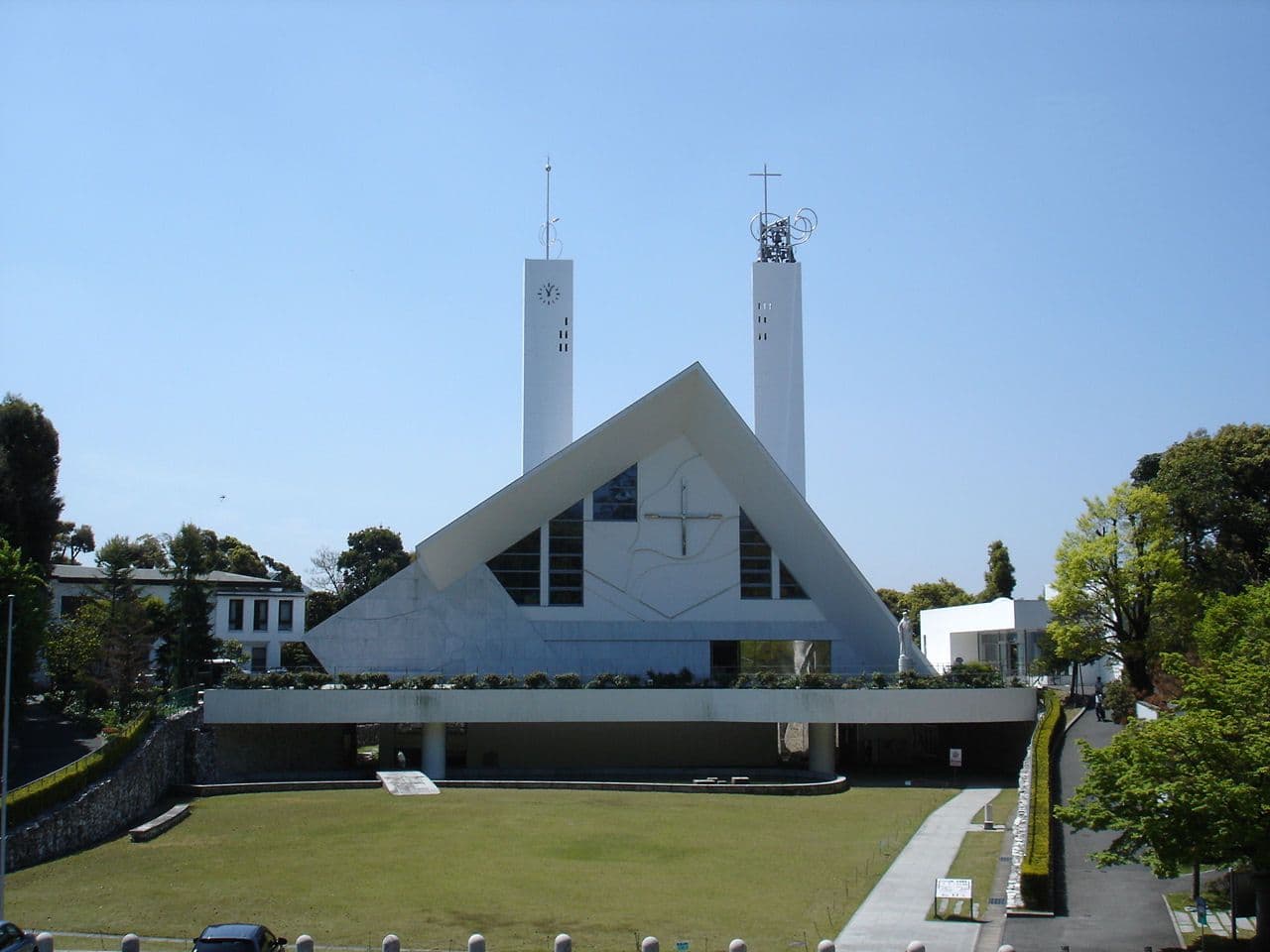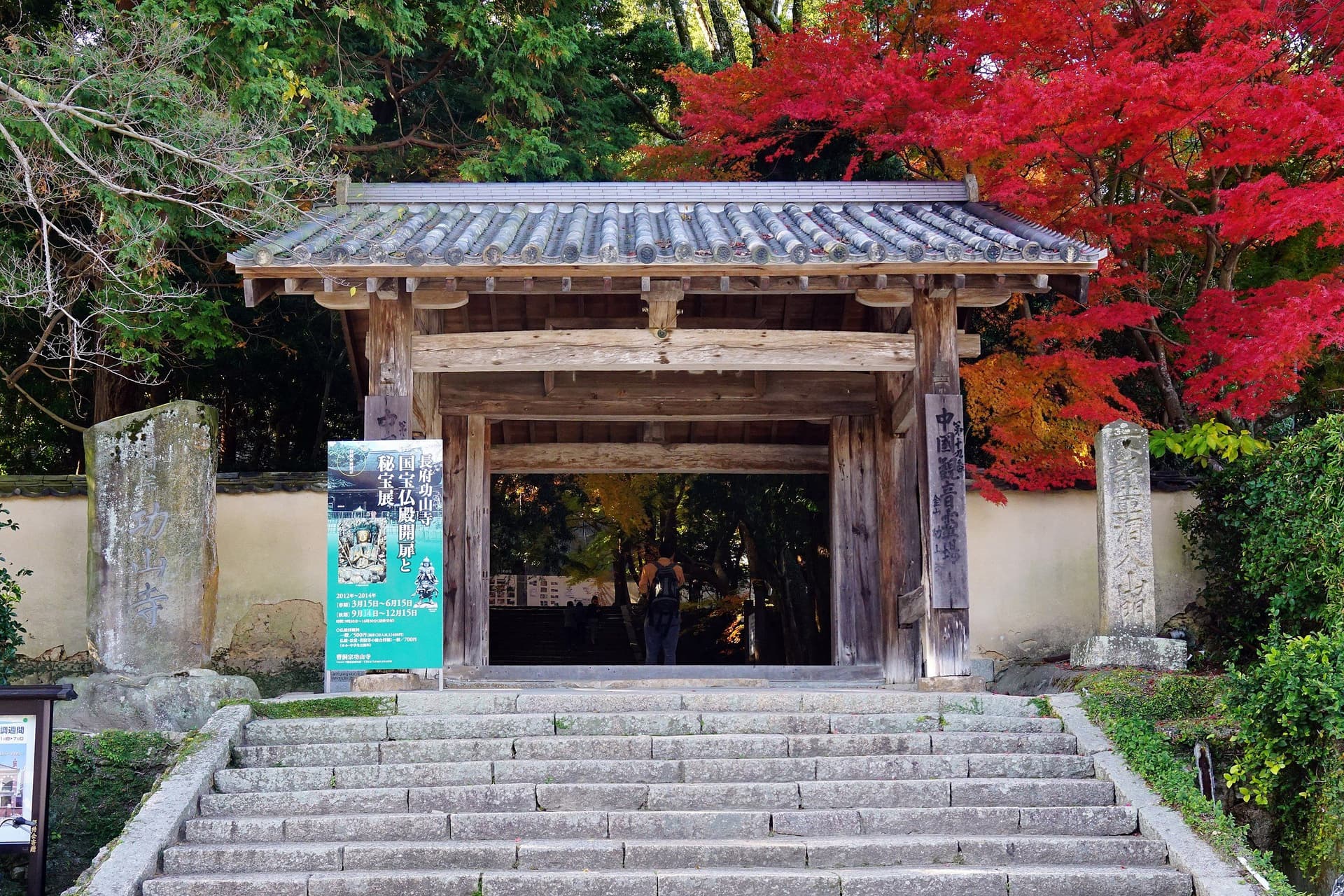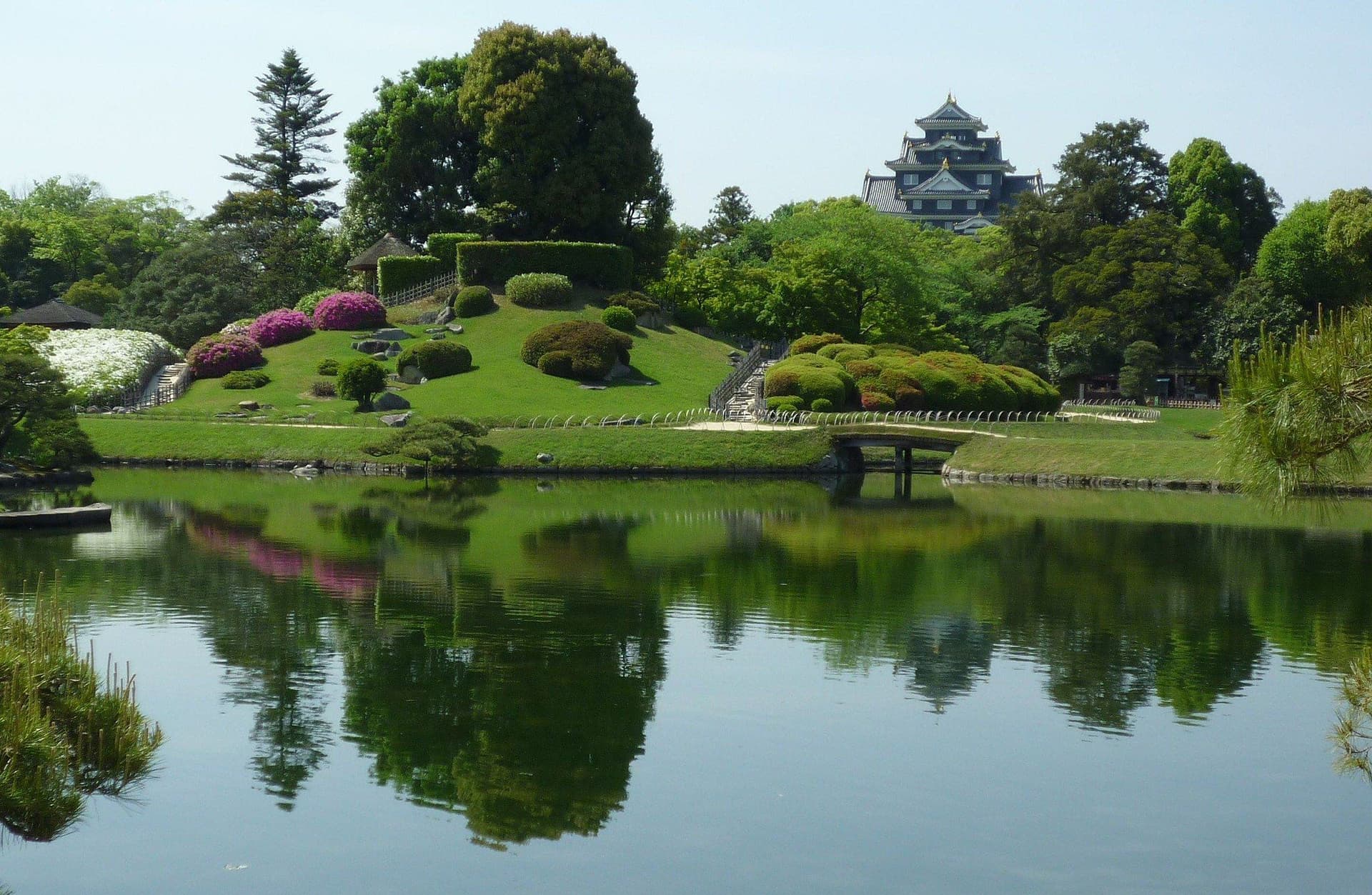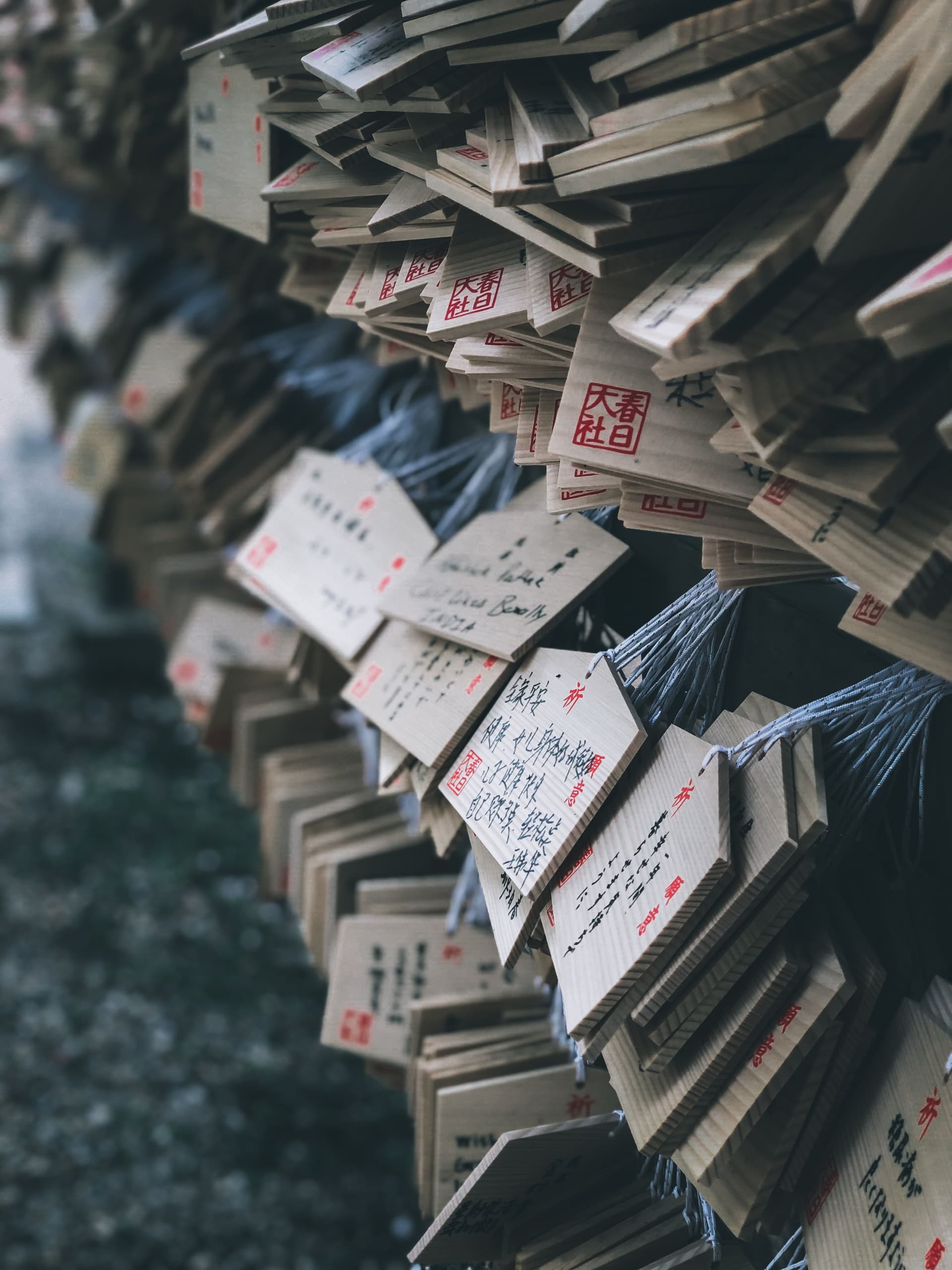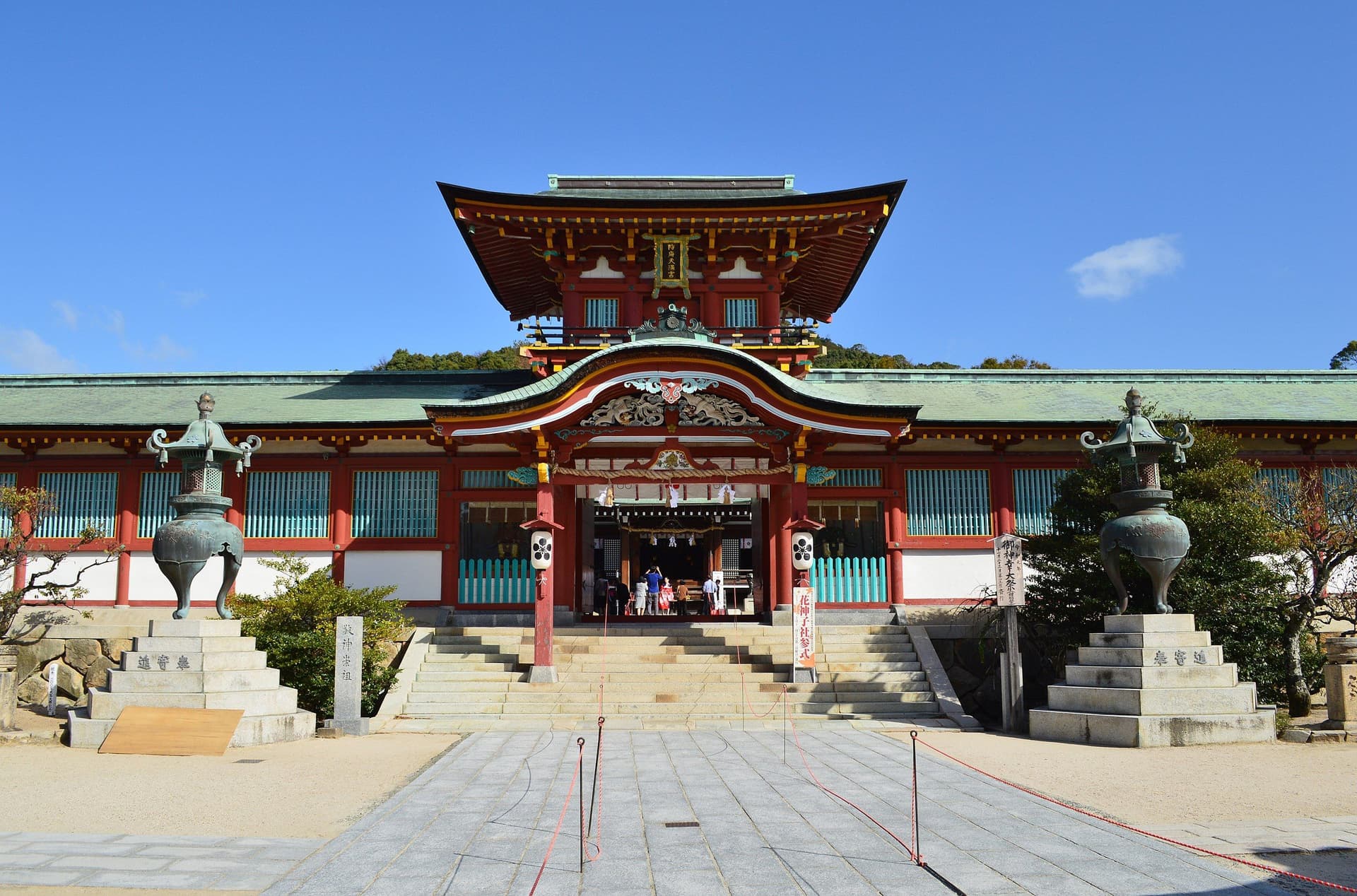- Kami-Yamaguchi StationYamaguchi Line
- Walk 11 minutes

Noda Shrine
Noda Shrine is a Shinto shrine in Hagi City dedicated to the memory of Mōri Takachika, the last daimyō (feudal lord) of the Chōshū Domain and a central figure in the Meiji Restoration. Known posthumously as Chūsei-kō, he was instrumental in the political upheaval that led to the fall of the Tokugawa shogunate and the restoration of imperial rule. The shrine also enshrines his adopted heir, Mōri Motonori, and later, Mōri Motonobu, thereby honouring successive generations of the Mōri family who played prominent roles in modern Japanese history.
History
The origins of Noda Shrine date back to 1873, when local volunteers built a small shrine within the grounds of nearby Toyosaka Shrine to commemorate Mōri Takachika under his posthumous name, Chūsei. Initially named Chūsei Shrine, it was renamed Noda Shrine in 1874 after its geographical location.
In 1876, the shrine received official recognition as a Prefectural Shrine, and in 1886, it was relocated to its current site. In 1915, the shrine was elevated to the rank of Bekkaku Kanpeisha, a special class of government-recognised shrines established to enshrine notable individuals who contributed to the nation.
Mōri Motonori, Takachika’s heir and an influential statesman in the early Meiji government, was enshrined in 1900, two years after his death, within a subsidiary shrine called Hōgien Shrine located on the same grounds. In 1936, his spirit was merged into the main sanctuary of Noda Shrine.
Architecture and Features
The shrine buildings follow a layout closely modeled on that of Toyosaka Shrine, including the honden (main sanctuary), haiden (worship hall), heiden (offering hall), and tsuriya (connecting corridors). This architectural style reflects the formal aesthetic associated with shrines dedicated to historically important figures.
One of the notable features of Noda Shrine is its Noh stage, constructed and donated in 1936 by Mōri Motonori’s son, Mōri Motonobu. This elegant stage reflects the family's continued patronage of the arts and is registered as a Tangible Cultural Property of Yamaguchi City as of 1991.
Noda Shrine stands not only as a place of worship but also as a site of historical remembrance for the Mōri clan's legacy in shaping modern Japan. Its close connection to the transformative events of the Meiji Restoration, and its architectural and cultural preservation, make it an important destination for those interested in Japanese history and Shinto tradition.
Place nearby
At Hey Japan!, we strive to keep the places listed on our website as current as possible. However, it is important to note that location owners or management may make changes to their plans, including canceling events, altering opening times, or modifying admission requirements, without prior notice. To ensure that you have the most accurate information, we recommend checking official websites before visiting any location.
Last Updated:
